
Perhaps inspired by classical texts hinting at the possibility of reaching the Indian Ocean by sailing around the southern tip of Africa, and eager to exploit the riches of the East, Portuguese explorers Bartolomeu Dias and Vasco da Gama became the first Europeans to round the Cape of Good Hope—Dias in 1488 and da Gama on his journey to India in 1497. The success of da Gama’s voyage revolutionized global trade, quickly rendering the millennia-old land routes of the Silk Road obsolete and spurring centuries of mercantile competition. European royal courts and merchant houses began to jostle for shares of land and goods on the African continent and all around the Indian Ocean. It was in this context that, in 1647, a Dutch East India Company ship ran aground in Table Bay, off the coast of what is now South Africa. Survivors of that shipwreck established a campsite that grew into a permanent way station for vessels traveling between Europe and the East Indies and, eventually, became the modern city of Cape Town. After decades of archival research, excavations, and geophysical survey, archaeologists now believe they have found the locations of both the wreck and the survivors’ camp, providing an opportunity to reexamine the founding of the city and a pivotal moment in the history of South Africa.
This story is from the September/October 2020 edition of Archaeology.
Start your 7-day Magzter GOLD free trial to access thousands of curated premium stories, and 9,000+ magazines and newspapers.
Already a subscriber ? Sign In
This story is from the September/October 2020 edition of Archaeology.
Start your 7-day Magzter GOLD free trial to access thousands of curated premium stories, and 9,000+ magazines and newspapers.
Already a subscriber? Sign In

ORIGINS OF PERUVIAN RELIGION
While investigating looters' holes at the site of La Otra Banda in northern Peru's Zaña Valley, archaeologist Luis A. Muro Ynoñán of the Field Museum and the Pontifical Catholic University of Peru spotted carved blocks around seven feet below the surface.
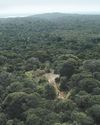
ISLAND OF FREEDOM
Many of the enslaved Africans sent to Brazil beginning in 1549 were from what is now Angola, where one of the most widely spoken languages was Kimbundu.
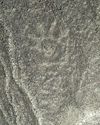
NAZCA GHOST GLYPHS
From the 1940s to the early 2000s, geoglyphs were discovered in the Nazca Desert of southern Peru depicting animals, humans, and other figures at the rate of 1.5 per year.

COLONIAL COMPANIONS
The ancestry of dogs in seventeenth-century Jamestown offers a window into social dynamics between Indigenous people and early colonists.
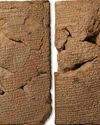
BAD MOON RISING
The British Museum houses around 130,000 clay tablets from ancient Mesopotamia written in cuneiform script between 3200 B.C. and the first century A.D.
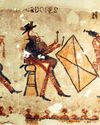
DANCING DAYS OF THE MAYA
In the mountains of Guatemala, murals depict elaborate performances combining Catholic and Indigenous traditions
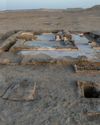
LOST GREEK TRAGEDIES REVIVED
How a scholar discovered passages from a great Athenian playwright on a discarded papyrus

Medieval England's Coveted Cargo
Archaeologists dive on a ship laden with marble bound for the kingdom's grandest cathedrals
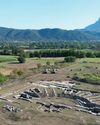
Unearthing a Forgotten Roman Town
A stretch of Italian farmland concealed one of the small cities that powered the empire
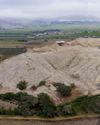
TOP 10 DISCOVERIES OF 2024
ARCHAEOLOGY magazine reveals the year's most exciting finds